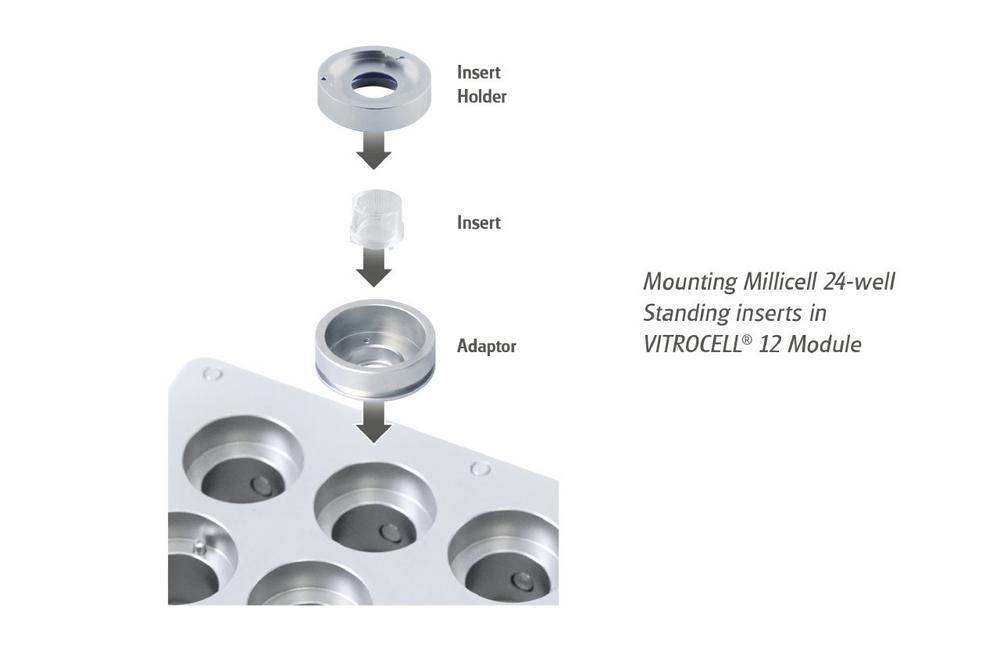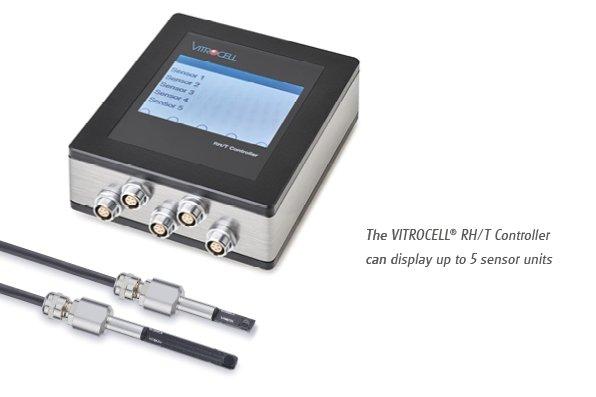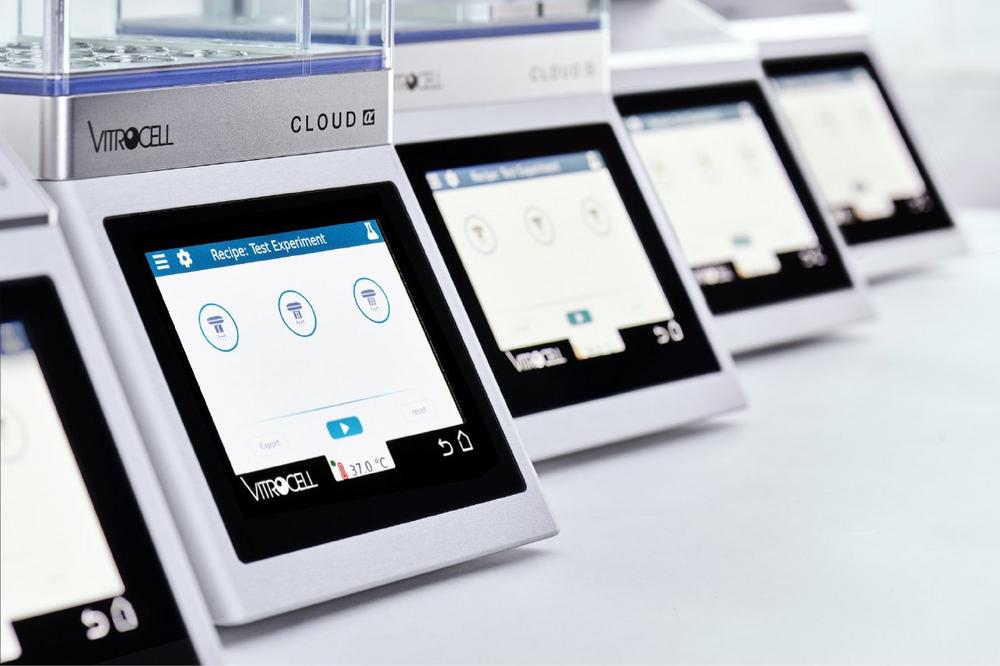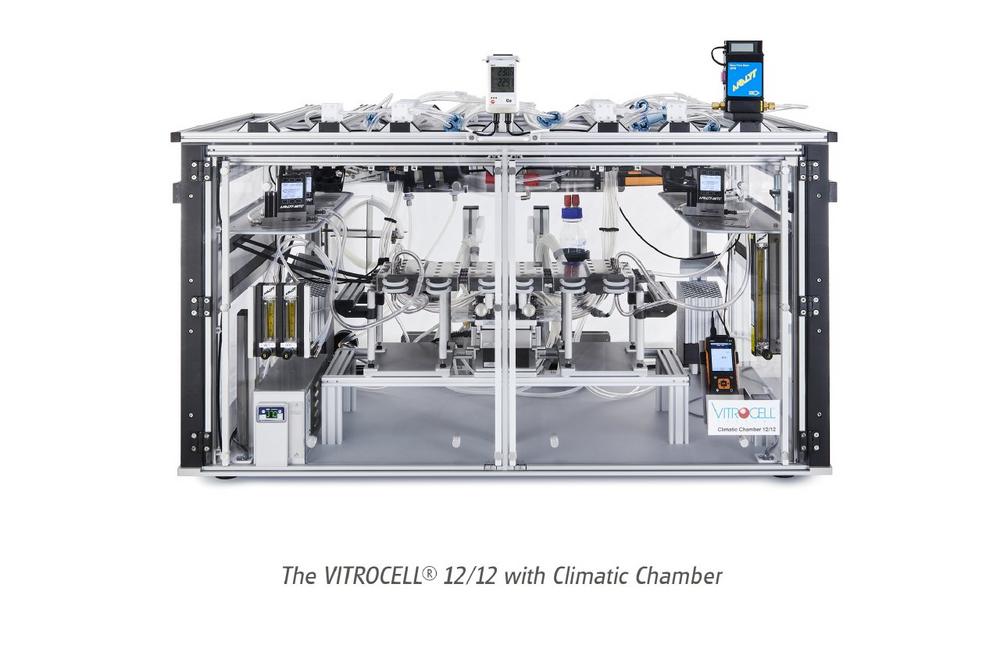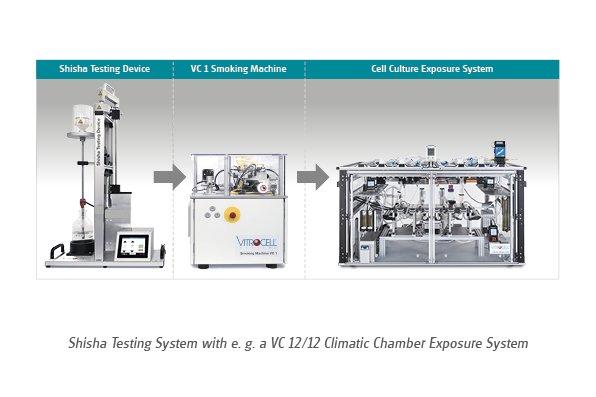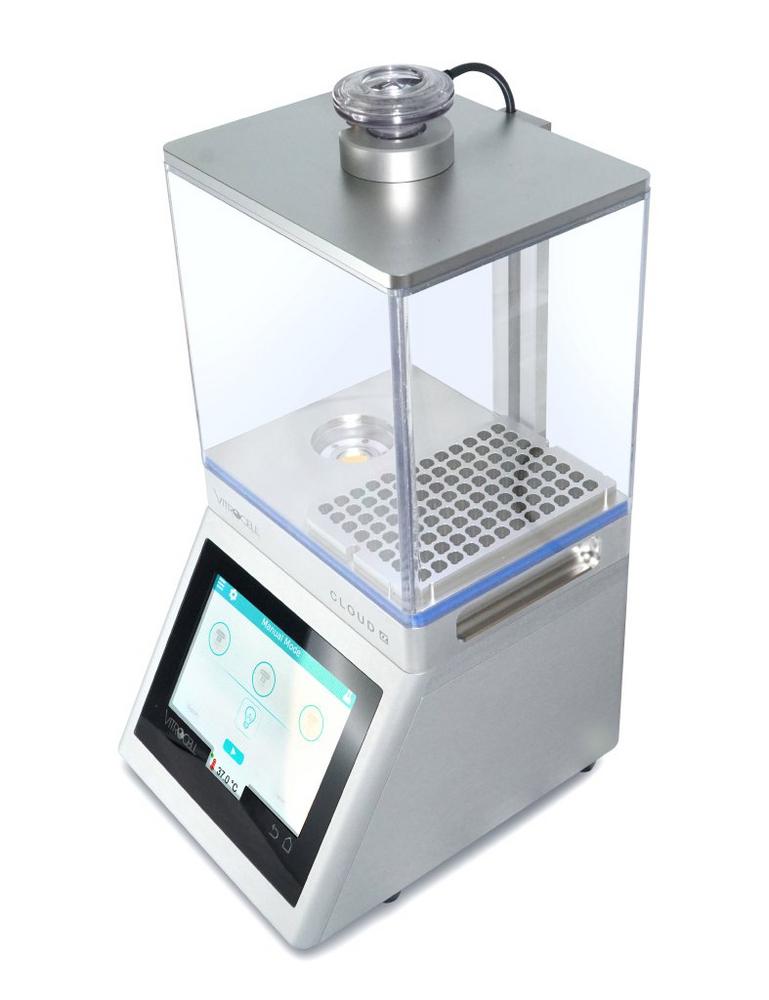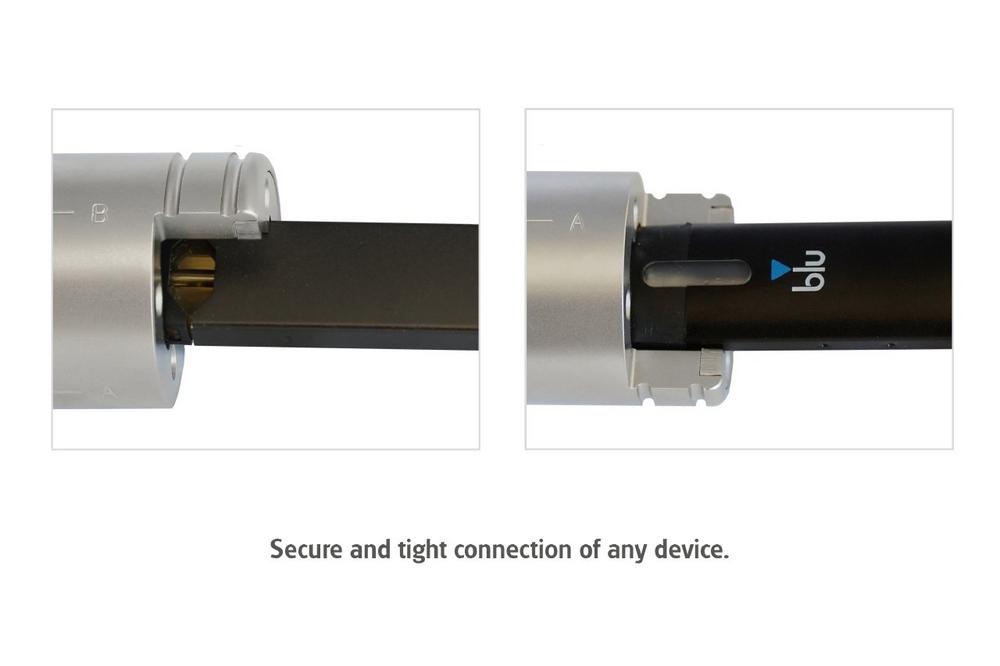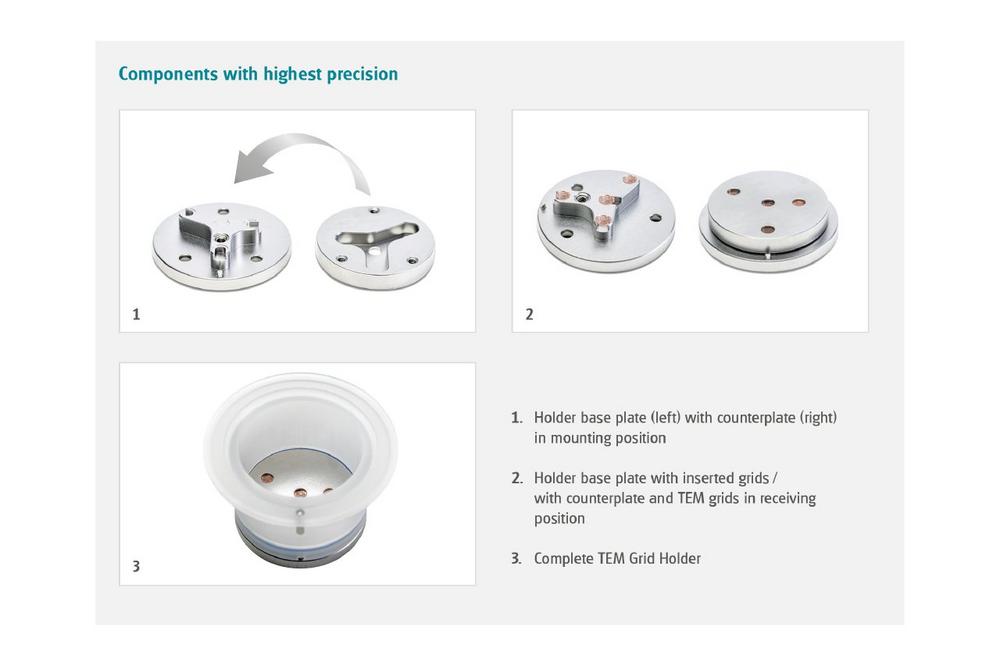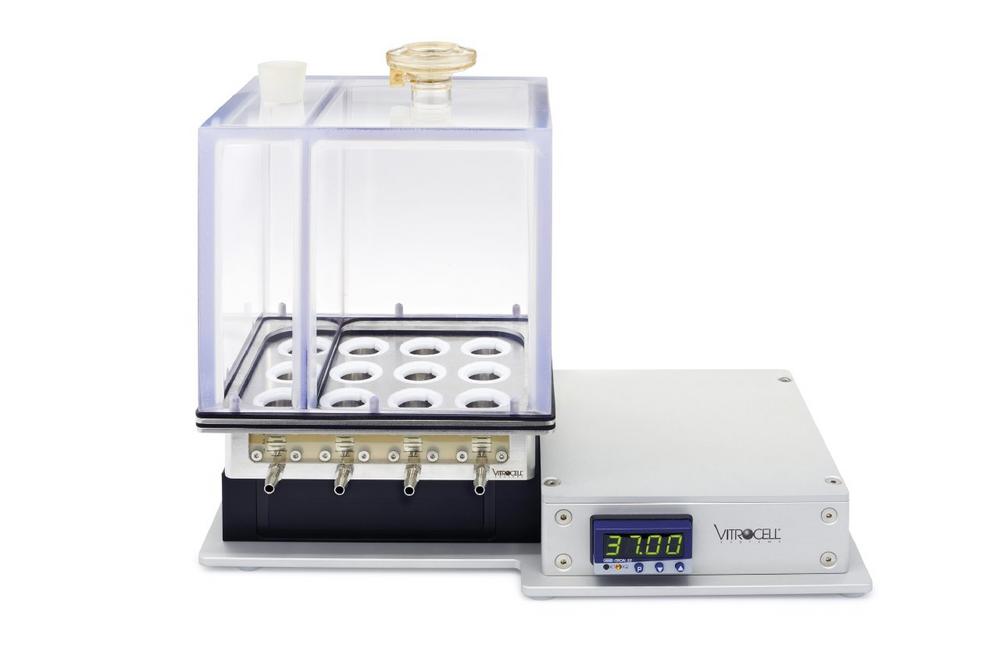The revolutionary new holder system enables for the use of standing inserts in all modules of the VITROCELL® 12 Series for 12-well sized inserts. As an additional advantage, the media compartment is sealed towards the aerosol exposure head to avoid contact of the test substance with the cell culture media. VITROCELL® Holder system set: Insert […]
continue reading